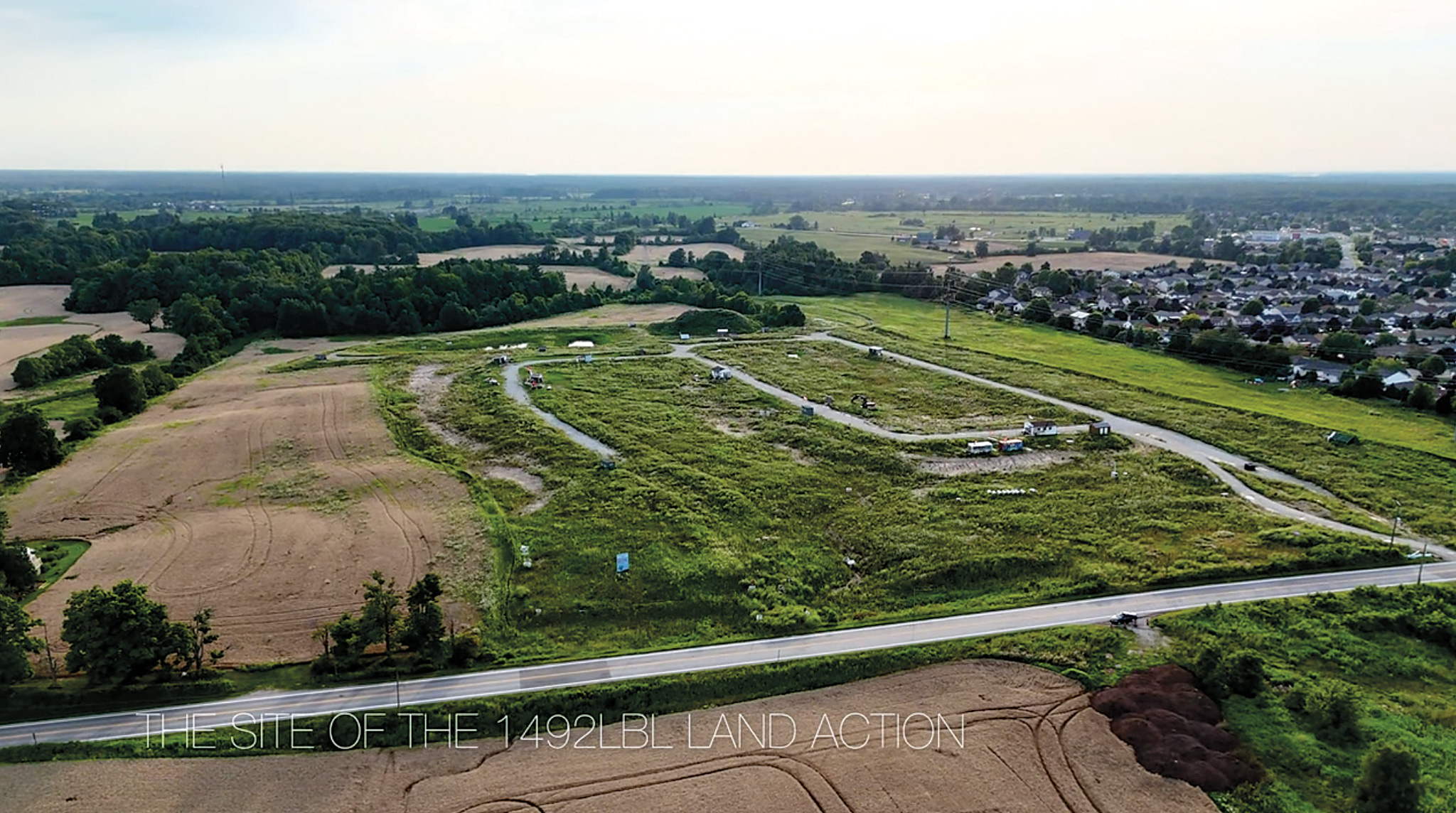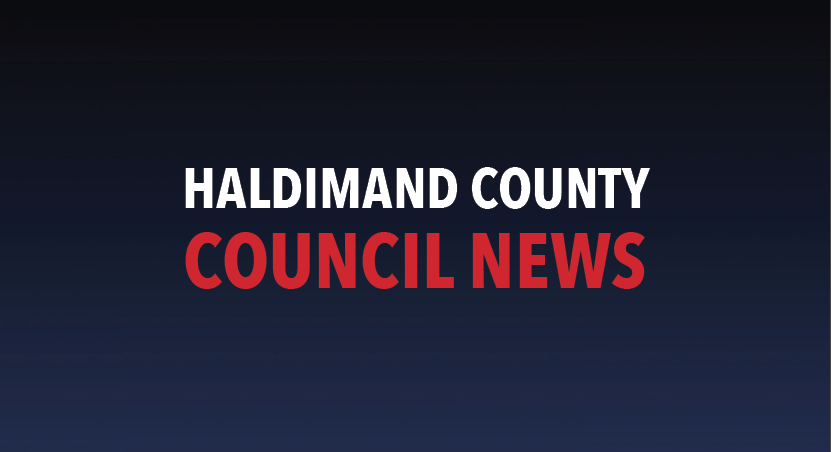HALDIMAND—Sarah Douglas was digging out the attic of her new Empire Corners home when she came across a box of textbooks from schools in Haldimand and Wainfleet.

“It was a fun find at first, to glimpse at information taught in the 1950s,” she said. “But then we came across the Indigenous information, and it was appalling.
“It was all printed on the page to indoctrinate students, rather than educate, and now I wonder what my three-year-old is in for when she enters school.”
Douglas and her family moved from Winnipeg for a career shift and to be closer to family, and she’s been contemplating which path of education her daughter should take. She hasn’t registered status for her or her daughter, but Douglas is keen to preserve their Anishinaabe heritage.
“I know it’s my responsibility to teach our ways to her, and I’m planning to immerse ourselves by exploring lessons and events at Mississaugas of the Credit First Nation,” she said. “But I want to be at ease knowing that history is being taught accurately to what we know today.
“This isn’t about anything but ensuring the truth of Indigenous peoples, and their cultural genocide at the hands of colonizers.”
Haldimand education, as with every municipality in Ontario, is subject to the Ministry of Education, who sets policies and guidelines for school boards; allocates funding to school boards; establishes the provincial curriculum; sets requirements for graduation; and creates lists of approved textbooks and other learning resources.
The Truth and Reconciliation commission submitted its final report to the federal government in 2015 and, among the 94 Calls to Action, nine were related to education and education reconciliation.
Earlier this year, Toronto-based research and advocacy group, People for Education, reported significant progress on implementing Indigenous education as per the related calls to action over the last decade. However, it reported that there’s more to be done before the province can claim full implementation of education-related calls to action. The report included findings from the 2022-2023 Annual Ontario School Survey.
Professional development for school staff on Indigenous education in elementary schools was 34% in 2012-13, and 76% for this past school year; for secondary schools, it rose from 34% to 82% in 2022-2023.
The Grand Erie District School Board has grasped Calls to Action 62 and 63 and has been actively incorporating changes into their practices.
The 62nd Call to Action challenges educators to make age-appropriate curriculum on residential schools, treaties, and Indigenous peoples’ historical and contemporary contributions to Canada mandatory for students in Kindergarten to Grade 12, and to use provincially designated funding to post-secondary institutions to educate teachers on how to integrate Indigenous knowledge and teaching methods into classrooms.
The 63rd Call to Action includes the development and implementation of Kindergarten to Grade 12 curriculum and learning resources on Indigenous peoples in Canadian history, and the history of residential schools; sharing information and best practices on teaching curriculum related to residential schools and Indigenous history; building student capacity for intercultural understanding and mutual respect; and identifying any other related teacher-training needs.
Superintendent of Education and member of the Indigenous Education department, Keven Graham, said specifically the materials have changed “to show the truth of the past.”
“Through revised curriculum and direction from the Truth and Reconciliation Commission’s calls to action … Grand Erie has supported schools with resources, professional development, and Indigenous courses,” he said.
He added the board’s commitment to Indigenous education and support for Indigenous students has been incorporated into the Multi-Year Strategic Plan with specific strategies and success criteria outlined in the Annual Learning and Operating Plan.
“The plan outlines learning opportunities and supports for Indigenous student success and professional development for staff,” said Graham.
Director of Education, JoAnna Roberto, praised the Indigenous Education team for helping everyone frame their thinking around the idea of ‘not just a day, but a way.’
“A commitment to the calls to action means embedding these lessons into everything we do – from cross-curricular learning to ongoing professional development opportunities for educators and support staff,” she wrote. “Learning about our collective histories, recognizing the intergenerational trauma that has resulted from Canada’s residential school system, and honouring the lived experiences and contributions of First Nations, Métis, and Inuit peoples is not all in a day’s work, but part of a much larger responsibility we have in education to future generations.”
While changes are happening, retired education consultant, Dr. Edward Nur, said that not only did school systems have further to go if students could graduate being more empathic and equality-minded, they needed it enforced at home.
“We live in an area where protests and blockades are a common enough reality, and regardless how integrated we operate daily, racially charged hate is ignited every time,” said the York resident. “It restarts a learning clock for the student witnessing the event.
“If a parent cannot quite let go of the attitudes which are, by daylight, considered racially intolerant, then it’s vital that the education system can educate the next generation.”
Nur said that policy changes take time, but other countries “with a past, like Germany, have been able to incorporate inconceivable horrors into school curriculum in a developmentally appropriate way.”
“Ultimately our job as humans is to educate one another,” he said. “The Truth and Reconciliation commission made it simple for us.
“Simple, but not easy.”





